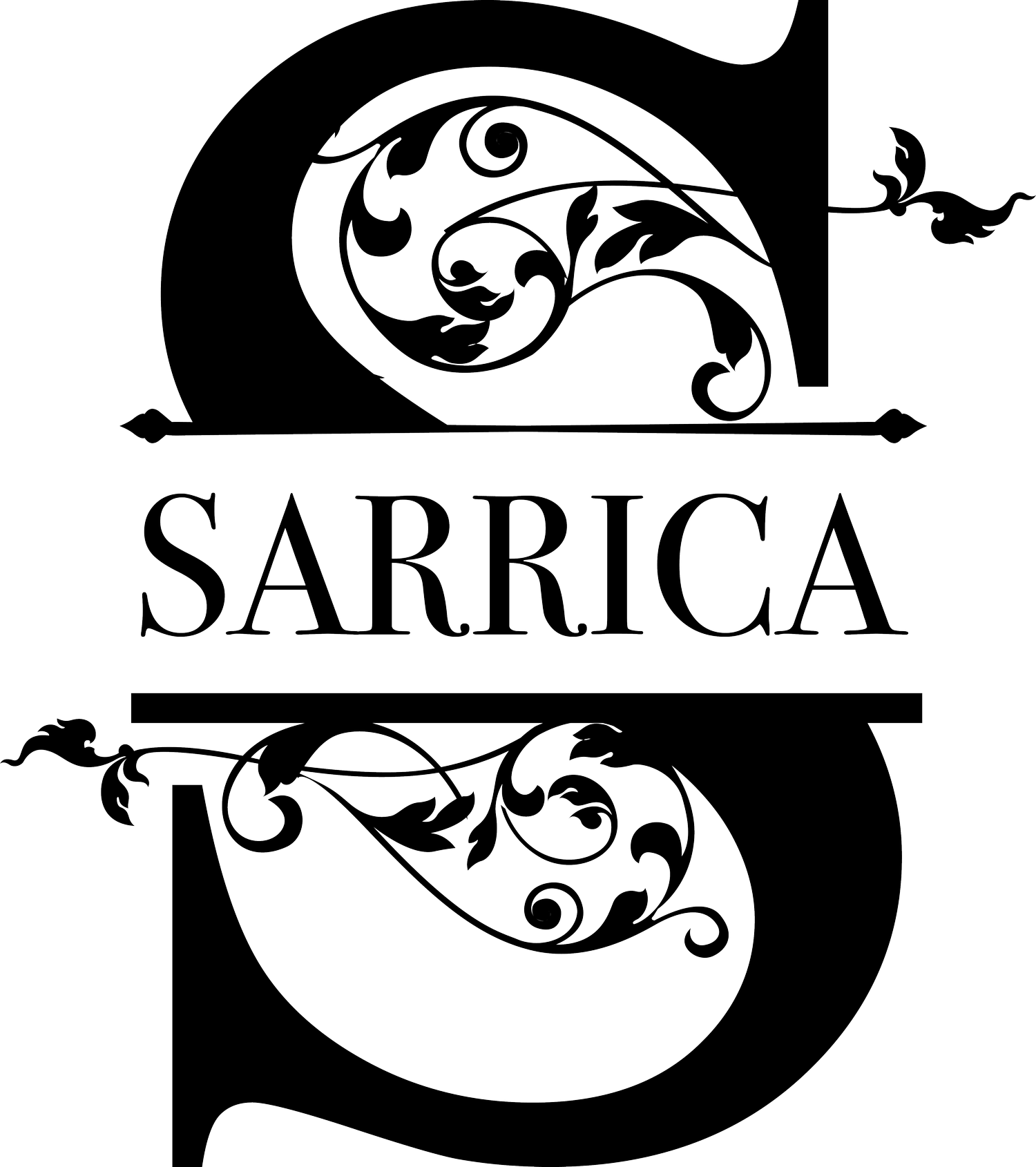8 Things You Should Know About Scoliosis
June is Scoliosis Awareness month so our team has put together 8 of the most important things you should know about Scoliosis.
1. What is Scoliosis?
Let’s start with the basics. Scoliosis is an abnormal curvature of the spine. It most often develops in early childhood, just before a child reaches puberty.
2. What are the signs of Scoliosis?
Some cases of Scoliosis are more severe than others, but the signs of Scoliosis include:
A visibly curved back
Uneven shoulders or hips
Leaning to 1 side more than the other
Ribs that protrude out
3. Does Scoliosis cause any symptoms?
Yes, Scoliosis causes physical symptoms that can impact a Scoliosis patient’s life depending on the severity of their condition. For this reason, Scoliosis treatment is recommended. Scoliosis symptoms include:
Low back pain
Trouble walking
Difficulty standing up straight
Leg pain and/or tingling
More severe cases of Scoliosis can affect a person’s ability to breathe, their heart, and cause severe pain.
4. Scoliosis only affects children, right?
No! This is a common misconception about Scoliosis. While it is more common to be diagnosed in early adolescence, adults can go undiagnosed or develop Scoliosis later in life. Scoliosis in adults is commonly referred to as Degenerative Scoliosis.
5. Does poor posture cause Scoliosis?
No, posture does not cause or promote Scoliosis.
6. How do you diagnose Scoliosis?
The first step to getting a correct diagnosis is seeing a Scoliosis doctor with experience in diagnosing and treating the condition. Our Physical Therapists typically perform a physical examination, followed by an X-Ray and/or an MRI to determine the cause of the spine curvature.
7. How do you treat Scoliosis?
There are a number of treatments for Scoliosis that vary depending on age and severity of the condition. At Sarrica Physical Therapy our doctors of physical therapy treat Scoliosis patients using custom tailored scoliosis treatment and exercise programs to strengthen certain muscles in the back and surrounding areas. A common method is called “Schroth method” which focuses on isometric exercises to essentially work towards pulling the spine back to a more normal form over time through targeted movements and muscles.
8. Is surgery necessary for Scoliosis?
Again, each individual’s case and severity varies, but there are treatments for Scoliosis that help avoid surgical intervention such as the Schroth method mentioned above. The best first step is to request a Scoliosis evaluation. At Sarrica Physical Therapy we can evaluate your spine in both Brooklyn and NYC to properly diagnose and develop a treatment plan.

